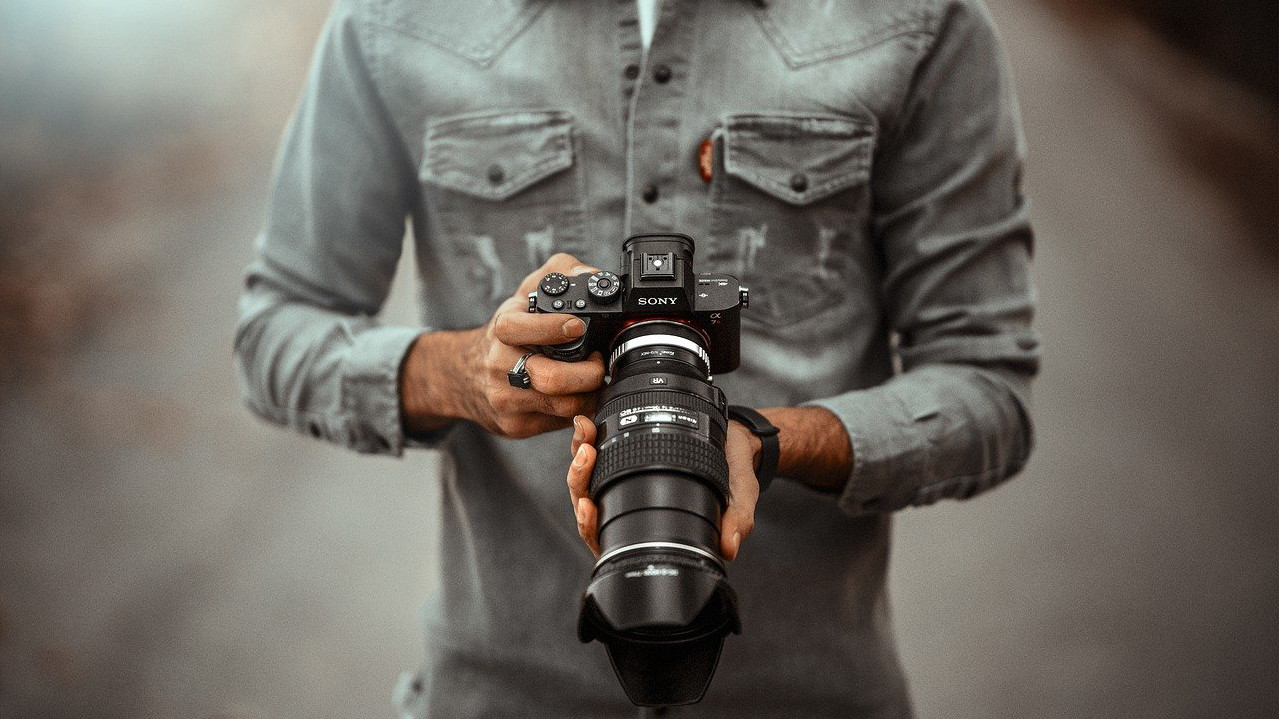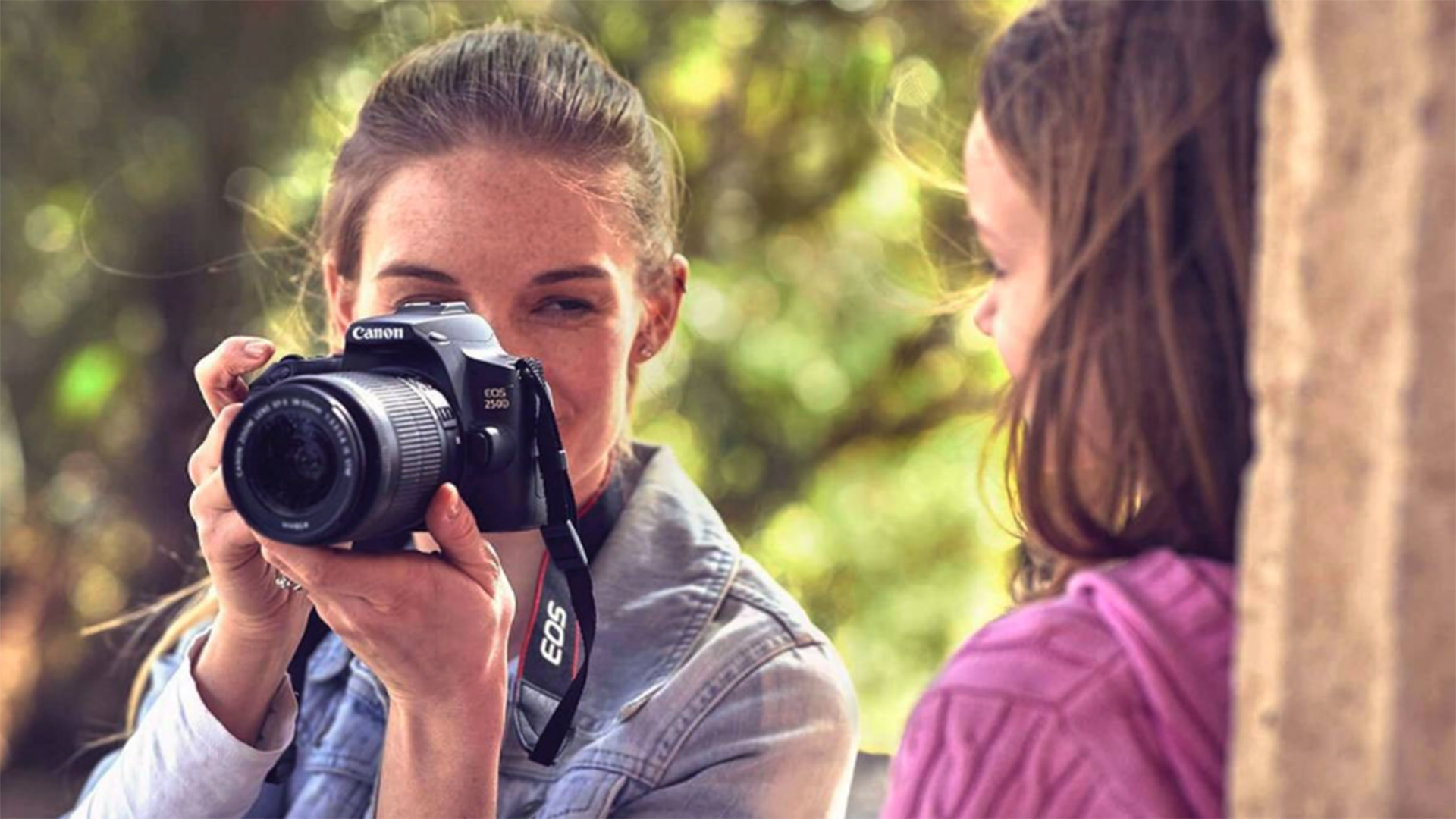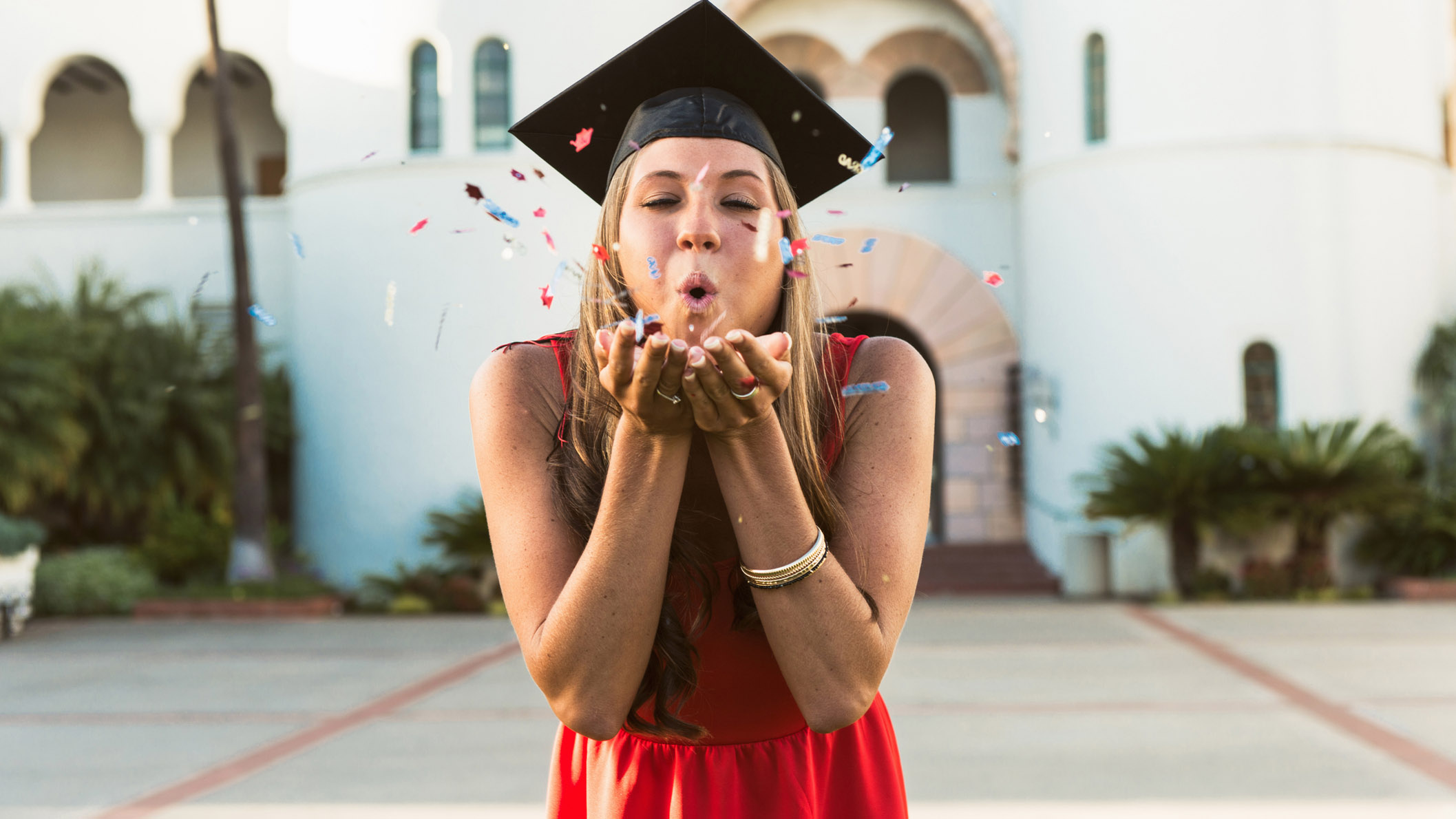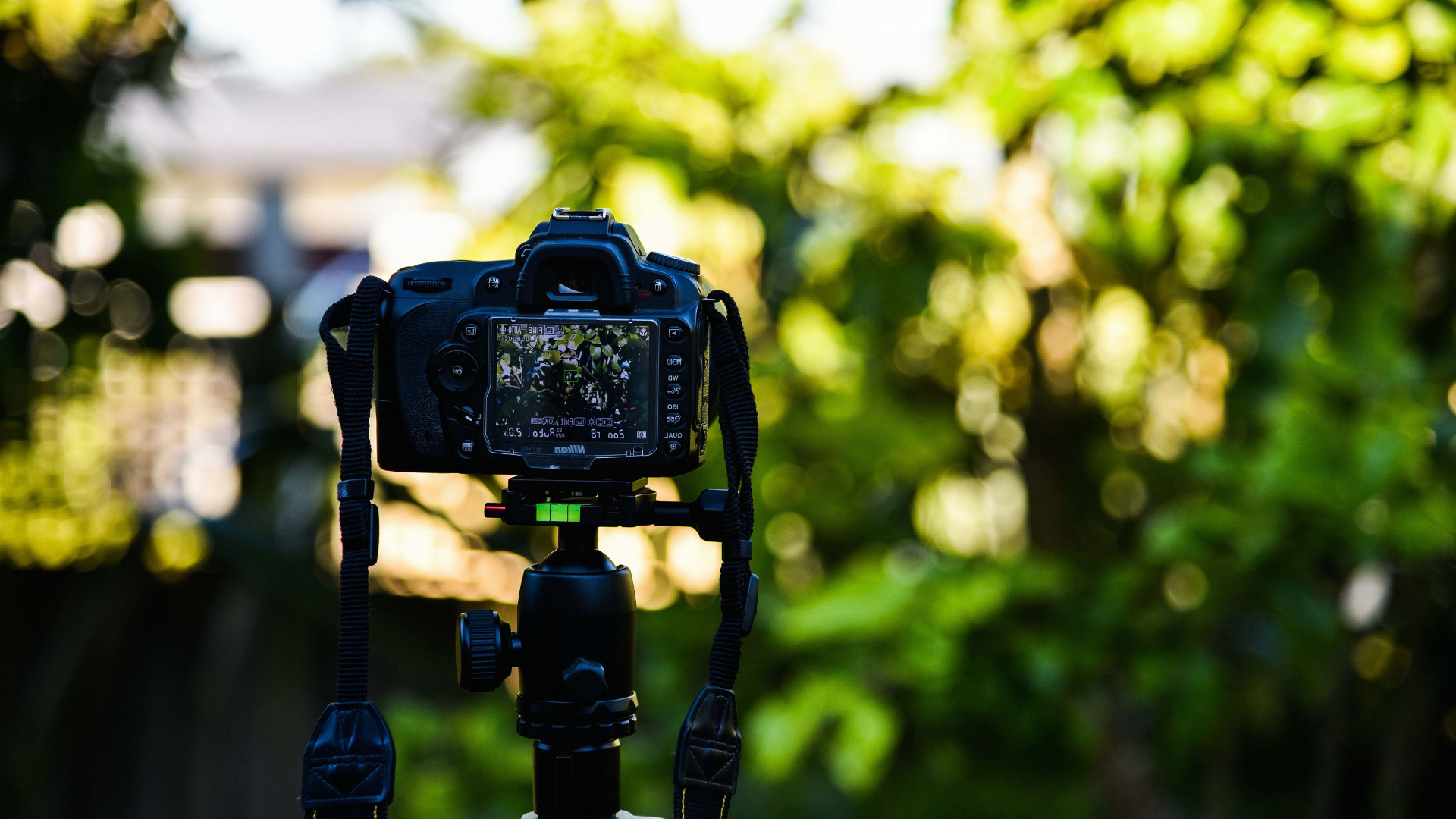Top 10 tips on how to take good photos
Top quality photographs don't happen by chance - here's how to take good photos every time.

The art of how to take good photos was once reserved people with both the cash to buy the camera kit and the training to use it properly. Nowadays there are plenty of great affordable cameras for beginners out there, and loads of handy resources online to help you learn how to use your new camera.
So if you've invested in a new camera or have simply dusted off your old one, you're in the right place to make the best use of it. This guide aims to help you get the best out of your camera without having to spend countless hours researching and practicing techniques. This will lay out what you need to know about lighting, framing, editing and more, before explaining how best to use all that in your photography.
Whether you're capturing memories of your kids growing up or snapping breathtaking natural landscapes, this guide will have you take amazing photographs in next to no time. It will even help when you don't have the camera and want to use your smartphone. Although for that we also have a specific guide for getting better smartphone pictures and even a guide for getting the best selfies.
Camera quality, revealed
1. Forget resolution, think sensor size
Resolution, aka megapixels, was once the main measure of a digital camera's abilities. But for some years now that has levelled out with all the big names including Canon, Nikon and Sony all offering similar megapixel sensors. Sensor size is the big differentiator these days, and full frame is the best option, as full frame sensors let in the most light.
Full frame cameras are the most expensive and generally are only going to help those photographers who already know what they're doing. For beginners and intermediates a smaller and more affordable sensor size will do the job just fine. Sensors break down in this order with the largest at the top:
- 35mm Full Frame
- APS-H (Canon)
- APS-C (Nikon DX, Pentax, Sony)
- APS-C (Canon)
- Foveon (Sigma)
- Four Third System
- CX (Nikon)
- 2/3"
- 1/1.7"
- 1/2.3"
For most budding photographers anything APS-C and above will be more than enough to get superb photos even when printed out at large size. The four thirds cameras are fun and can also produce great quality shots, but the quality can be a bit hit and miss with these.
2. Zoom can help
One big sell for digital cameras over smartphones is the ability to offer powerful optical zoom. Sure the Samsung Galaxy S21 Ultra can offer 100x zoom, but a lot of that is digital zoom, meaning it eats into the image quality and can leave a granular finish. A decent telephoto lens for a DSLR camera will offer zoom but without losing the quality, meaning you can zoom in even further digitally, after you've taken the shot.
Sign up to receive the latest news, reviews, buying guides and deals direct to your inbox
For things like animal photography and sports photography, where you may not have time to think about setup, it's important to get the best quality right away, allowing you to work on editing it after you've got that crucial moment. A telephoto zoom lens does exactly that, as does shooting in the right format, but more on that next.
3. Use RAW storage
Quality is also about how the digital image is stored. While most default camera settings are for JPEG images, you can also shoot in RAW. This means that even more information is stored, rather than compressing all that into a JPEG which is more memory friendly. The key here is that, as mentioned above, you're getting the shot in the moment and can then edit that later.
Using RAW you get two stops worth of light to play with meaning you can brighten and darken the shot as well as mess with color saturation and more, all without degrading the image. Most DSLR cameras will let you shoot in JPEG and RAW so as long as you have enough memory this covers you for most needs.

Use your surroundings
4. Light it right
Photos are ultimately just a collection of light that's landed on the camera sensor and been translated into digital representations of the real scene. So, the more light you can get in then the more information that camera's brain has to work with. Light is good.
We're not saying get your flash on though, or turn on all the lights in a room, all that is artificial. It's all about natural light. Yet even direct sunlight can sometimes be too much so look out for clouds which can be your friend, acting like a diffuser to give a nice even light to your shots.
One of the simplest yet most powerful light-related-tips to keep in mind is that it should be behind you. That way it illuminates what you're shooting, rather than silhouetting it if you shoot into the light.
5. Frame by frame
Framing your shot is one of the most important parts of getting the best photo. Don't only think about what you're shooting, be that a person, an animal, a pet and so on, think about how it sits in relation to its surroundings. You might want the person in shot but don't want to lose the surrounding beauty.
That said the surround doesn't have to be beautiful to help. You could be shooting a person against a brick wall. But by bringing them away from the wall and adding depth it can give more background blur (aka the bokeh effect, more on that next), which adds sharpness to the individual and softness to the background.
One good tip is to use the rule of two thirds. If you're shooting in landscape mode then sitting the person one third in from the side gets a great profile while also framing them with the background too, making for a visually entertaining shot.
6. Use bokeh
One of the great features of a DSLR camera or similar is its ability to create a powerful bokeh effect. This is the blur created when the camera is focused on the foreground and the rest is softened. Many smartphone cameras now have Portrait mode which artificially creates this finish to make shots look more DSLR-like. But the real bokeh created by a powerful lens and camera setup can't be faked.
While this is best for faces on smartphones, a DSLR can employ bokeh on anything in the foreground of a shot and still look great. From making your car stand out to add drama to that shot of your dinner, this is a powerful tool to be used by simply adjusting focus.

7. Go manual
Using the manual settings can be a daunting task but with countless guides online it's easier now than ever before. One great way to start is to lock most settings but simply adjust the aperture. This is the amount of light allowed into the sensor. Let lots in and you can get blur, flash a little and shots can lack light and depth but offer focus.
Try shooting the stars at night by setting your camera up on a solid surface where it won't wobble then set the aperture to a long opening. A top tip here is to set a timer on the shutter button, this way it will shoot after you've stopped touching when there could potentially be a wobble movement.
Use more kit
8. Use a tripod
Yup, this tip was always going to feature after talking about aperture. Since that is when you need to hold your camera most still to avoid blur, a tripod is a valuable assistant. Less wobble means sharper shots, essentially. And that's what a tripod can offer.
A tripod is also a great way to get group shots in high quality. Like the ultimate selfie. Most DSLR cameras have a screen you can flip and open allowing you to see how everyone is framed in the shot. Then set a timer on the shutter, hit the button and get in shot. Voilà, you have the best quality selfie, with the biggest number of people in shot you've ever managed.

9. Edit your shots
Photo editing software is more common and easier to use than ever with plenty of free to use options as well as the more advanced paid versions. You may already have photo tweaking experience from using something like Instagram. Thankfully lots of photo editing software now include that simplicity with filters as options, but in this case you can be applying them to super high quality shots in RAW mode, meaning the differences will be even more impressive.
Some great photo editing software includes Adobe Lightroom CC and Adobe Photoshop CC, paid, and GIMP or Ashampoo, for free.
Check out our best photo editing software for your ideal snap sorting suite. We say sorting, there is also the best photo organizing software to pick from too.
10. Let the lens do the work
It's all good knowing how to use your camera to its full potential but without the right lens you're going to be limited. It's a good tip to have a few lens options to suit what you're shooting. A kit lens is fine as an all-rounder but if you want zoom then a telephoto is a great option. If it's portrait shots you want then a prime lens, with fixed focal length is a good choice.
If you've got a full frame camera then a more expensive lens can make a difference but for APS-C and Micro Four Thirds you may want to limit lens expenses as that sensor will only do so much.
Luke is a veteran tech journalist with decades of experience covering everything from TVs, power tools, science and health tech to VPNs, space, gaming and cars. You may recognize him from appearances on plenty of news channels or have read his words which have been published in most tech titles over the years. In his spare time (of which he has little as a father of two) Luke likes yoga, surfing, meditation, DIY and consuming all the books, comics and movies he can find.

